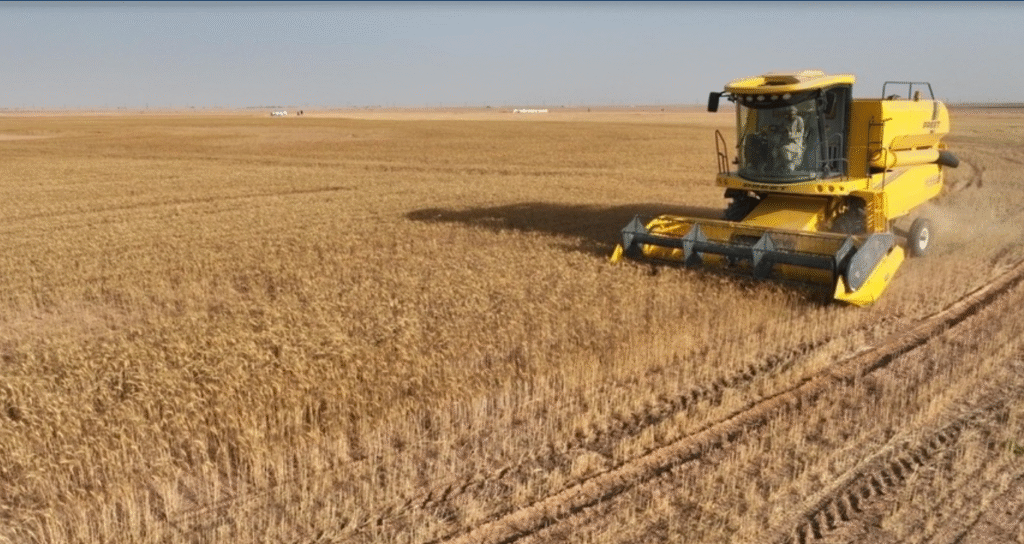Muscat: The market value of Oman’s wheat production for the 2024–2025 season has exceeded RO 3 million, reinforcing the country’s strategic push toward food security and self-sufficiency in staple grains.
According to the Ministry of Agriculture, Fisheries and Water Resources, total wheat production for the season reached 10,128.34 tons, cultivated across 8,327 acres, with a total market value of RO 3,038,502.
Dhofar Governorate led the nation’s production, contributing 76% with 7,723 tons, followed by Al Dhahirah with 1,118 tons, and Al Dakhiliyah with 877.19 tons. Remaining production came from other governorates.
Dr. Khair Tuwair Al Busaidi, Director of the Palm and Plant Production Department, noted that the local wheat development initiative is part of a broader strategy aligned with Oman Vision 2040. The goal is to strengthen national food security by encouraging the cultivation of high-yield, high-quality wheat varieties, offering support during harvests, and providing technical and advisory assistance to farmers.
He also highlighted ongoing collaboration with the Ministry of Housing and Urban Planning to expand wheat cultivation areas. New agricultural lands are being allocated for this purpose and offered to farmers and investors under usufruct agreements.
Dr. Al Busaidi emphasized the ministry’s continued efforts through research centers to improve local wheat varieties and introduce new, climate-resilient strains suited to Oman’s environment, while ensuring productivity and quality.
He added that cooperation with Oman Flour Mills Company has played a vital role in sustaining wheat farming. The company supports the sector by annually purchasing wheat from local farmers, helping develop Omani wheat as a domestic and regional product.
This public-private partnership, he said, is encouraging farmers to continue wheat cultivation and benefit from the national support plan—further enhancing Oman’s food independence.








